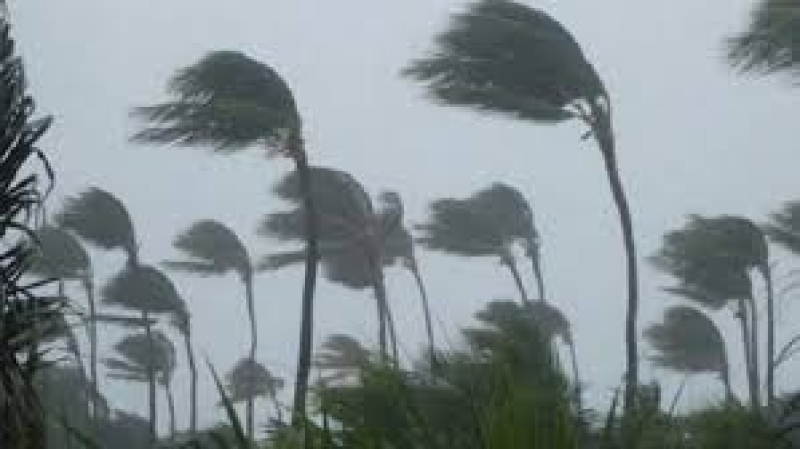- CA Yunus pays homage to Liberation War martyrs on Victory Day |
- Bangladesh capital market extends losing streak for second day |
- Bangladesh celebrates Victory Day Tuesday |
- 'Different govts presented history based on their own ideologies': JU VC |
Cyclone May Form in Bay Late May, Coastal Areas on Alert

File photo
A potentially dangerous cyclone may form over the Bay of Bengal in the final week of May, prompting heightened concern among meteorologists and vulnerable coastal communities. With rising sea surface temperatures and pre-monsoon conditions creating a fertile ground for storm development, authorities and residents are preparing for another possible disaster.
The Bangladesh Meteorological Department (BMD) has issued a preliminary alert, noting the emergence of a low-pressure system over the Bay. The system is expected to intensify between May 23 and 25, possibly evolving into a cyclone. Although its exact path and strength remain uncertain, forecasters warn that current atmospheric indicators strongly support storm formation.
“May is historically one of the most cyclone-prone months,” said Hafizur Rahman, a meteorologist at BMD. “Sea temperatures are rising, and shifting monsoon winds are accelerating storm development. If this low-pressure system deepens, we may see a depression within a few days, which could escalate into a cyclone.”
Mustafa Kamal Palash, a climate researcher at Canada’s University of Saskatchewan, echoed the concerns, saying the timing is especially critical. “If a cyclone makes landfall between May 25 and 28, it would coincide with the new moon on May 27, when tidal forces are strongest,” he said. “This alignment could trigger severe tidal surges and compound the impact of the storm.”
The southwest monsoon, which typically enters Bangladesh between May 20 and June 19, is currently stationed at the southern rim of the Bay. The pre-monsoon heat, combined with this positioning, is contributing to a volatile weather pattern, according to the Bangladesh Weather Observation Team (BWOT).
The looming threat comes just a year after Cyclone Rimal devastated parts of the country. Making landfall in Khepupara, Patuakhali on May 27, 2024, with wind speeds of 111 km/h, it left a trail of destruction across Barguna, Satkhira, Khulna, and Patuakhali, damaging over 35,000 homes and partially affecting another 1.15 million. Crop losses in Barisal Division alone were estimated at Tk 508.97 million, impacting nearly 1.7 million farmers.
In 2023, several other cyclones—including Midhili, Mokha, and Hamun—also battered the southern coast. Most originated in the Bay of Bengal, reinforcing the region’s vulnerability to tropical cyclones. These storms consistently disrupt agriculture, destroy homes, and displace thousands of families, especially in low-lying areas.
Despite improvements in disaster preparedness, repeated strikes have eroded the resilience of coastal populations. Mohan Kumar Mandal, Executive Director of LEADERS, a local development organisation, said recovery is becoming harder every year. “Farmers, fishermen, and day labourers face prolonged hardship. The psychological stress is immense, and the cycle of loss continues.”
In response to the latest threat, the Department of Disaster Management has already mobilised resources. Rezwanur Rahman, Director General of the department, confirmed the government has allocated Tk 150 million for emergency support in all districts, including coastal upazilas. “We are stocking relief supplies, assessing cyclone shelters, and deploying 80,000 trained volunteers for rapid response,” he said.
Experts widely agree that the rising frequency and intensity of cyclones in the Bay of Bengal are directly linked to climate change. Without enhanced climate adaptation support and sustainable recovery mechanisms, they warn, the human and economic toll on Bangladesh’s coastal belt will only grow.

